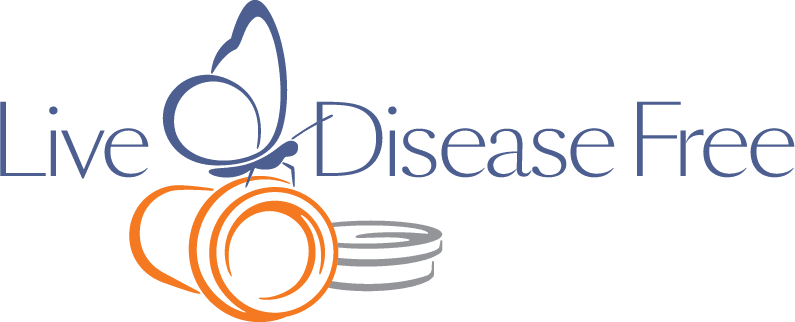Chronic pain is an unrelenting struggle. Only those who suffer from it can fully understand it’s toll. So many diseases come with nagging to crippling chronic pain that can completely hijack one’s life.
Many people feel forced to rely on strong pain killers- some can’t seem to make it through the day without them.
But what is at the heart of this pain?
Exciting new research is showing a very strong connection between chronic pain and inflammation in the brain. A recent study by researchers at Massachusetts General Hospital looked at brain PET scan images of 19 subjects with chronic back pain and 25 healthy control subjects. They discovered that those suffering from chronic pain had much higher levels of inflammation-linked proteins in areas of the brain such as the thalamus (the brain’s sensory center for pain and other stimuli) than those without pain.
The lead author of the study reported that “this protein is highly expressed in microglia and astrocytes, the immune cells of the central nervous system, when they are activated in response to some pathologic event.”
But what science is now teaching us is that these such “pathological events” come in different forms. Inflammation in the brain can certainly result from an injury, but there is strong reason to believe that an impaired digestive system is also a likely cause.
Current research shows that brain inflammation is also linked with depression and can have multiple causes, one of which is “Leaky gut” syndrome. With this condition, the gut’s lining is more permeable than it should be, allowing certain harmful microbes and their byproducts to pass freely into the bloodstream and throughout the body (including the brain), instead of holding them back. If the centers of the brain that control mood can be affected by inflammation-causing microbes, so too can the brain’s thalamus, our pain sensory center.
Making this connection between brain inflammation and chronic pain is so important. If we know that inflammation is at the root of this pain, we can take steps to reduce it naturally, and hopefully reduce the need for dangerous and often addictive pharmaceutical pain relievers.
Dr. David Perlmutter’s book, Grain Brain, lists a number of things that you can do to reduce / prevent brain inflammation. I highly recommend reading it.
Here is a just a snapshot:
Foods to Avoid:
- Foods containing gluten
- Processed “gluten-free” foods
- Starchy vegetables
- Corn, potatoes, sweet potatoes, yams
- Non-fermented soy foods such as tofu and soy milk
- Processed foods made with soy (look for “soy protein isolate” in the list of ingredients) – avoid soy cheese, soy burgers, soy hot dogs, soy nuggets, soy ice cream, soy yogurt
- Soy sauce containing gluten
- Fruit products with high sugar levels
- Fruit juices
- Dried fruit
- Fried foods
- Processed fats and oils
- Margarine, vegetable shortening, trans fats
- Any commercial brand of cooking oil, even if they are organic – soybean oil, corn oil, cottonseed oil, canola oil, peanut oil, safflower oil, grapeseed oil, sunflower oil, rice bran oil, wheat germ oil, vegetable oil
- “Fat-free” and “low-fat” foods
- Processed carbs, sugar, and starch
- Sweeteners
- Natural sweeteners, including agave, honey, maple syrup (stevia is allowed in moderation)
- Processed sweeteners, including corn syrup, sugar (white and brown)
If we can reduce inflammation in the brain, we might be able to reduce pain in the body. And if there is a natural way to do so, wouldn’t you try it?
Sources:
“Brain inflammation links chronic pain with depression,” Medical News Today, June 2015.
“Grain Brain by David Perlmutter MD (2013): Brain health food list,” www.chewfo.com
“Imaging study finds first evidence of neuroinflammation in brains of chronic pain patients,” News release, Massachusetts General Hospital, Jan 2015.

Clinically diagnosed with multiple sclerosis at the age of 28, Pam chose an alternative approach to recovery. Now decades later and still symptom free, she coaches others on how to treat the root cause of chronic disease, using a holistic approach. She can teach you how, too.
Pam is the author of Become a Wellness Champion and founder of Live Disease Free. She is a wellness expert, coach and speaker.
The Live Disease Free Academy has helped hundreds of Wellness Champions in over 15 countries take charge of their health and experience profound improvements in their life.

